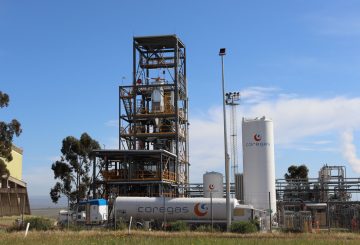Một công ty công nghệ New Zealand với tiền bị mắc kẹt trong Ngân hàng Silicon Valley sụp đổ nói rằng họ đang thở dễ dàng hơn tại các tin tức gửi tiền sẽ nhận được tất cả tiền của họ.
Các nhà chức trách Hoa Kỳ đã đảm bảo người gửi tiền tại ngân hàng và một ngân hàng thứ hai, Signature, có thể truy cập vào quỹ của họ vào đầu tuần làm việc của Mỹ.
Một ngân hàng thứ hai Signature, cũng tham gia nhiều đến ngành công nghiệp tiền tệ crypto, đã được đặt dưới sự kiểm soát của liên bang khi các nhà chức trách cố gắng củng cố niềm tin vào hệ thống ngân hàng sau thất bại ngân hàng lớn nhất kể từ cuộc khủng hoảng tài chính năm 2008.
Ngân hàng Silicon Valley chuyên về ngân hàng cho các công ty khởi nghiệp công nghệ – một số công ty công nghệ New Zealand cũng đã bị cuốn vào sự sụp đổ, trong đó có Xero, vốn có khoảng 5triệu USD trong ngân hàng thất bại.
Giám đốc điều hành của công ty thiết bị đo lường kỹ thuật số IKEGPS Glenn Milnes cho biết họ có hơn $5m trong ngân hàng và nó đã được một vài ngày khó khăn.
Milnes cho biết công ty đã gửi tiền vào các tổ chức khác nhau để giảm thiểu rủi ro và điều đó được hỗ trợ bởi các sự kiện.
Chỉ có một công ty niêm yết khác, Comvita, đã tiết lộ tiền trong Ngân hàng Silicon Valley, nhưng nó được hiểu một loạt các mối quan tâm đầu tư tư nhân theo định hướng công nghệ đã bị mắc kẹt tiền.
Giám đốc điều hành của Hiệp hội vốn tư nhân New Zealand, Colin McKinnon, cho biết sự sụp đổ của SVB có thể khiến các nhà đầu tư nước ngoài đánh giá lại hồ sơ rủi ro của họ, nhưng lĩnh vực công nghệ của Aotearoa phần lớn nên được tha.
McKinnon cho biết các công ty giai đoạn đầu ở Mỹ có thể gặp khó khăn để huy động vốn khi các nhà tài trợ rút lui.





























































